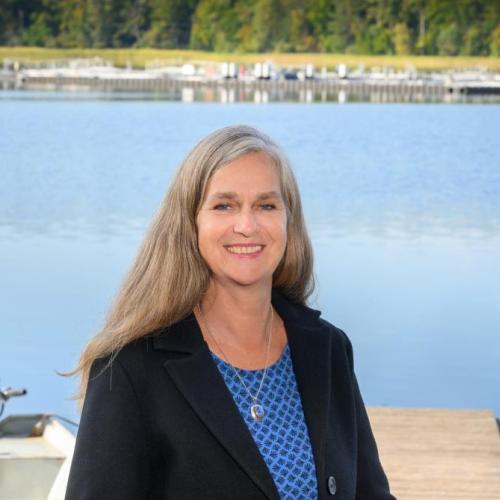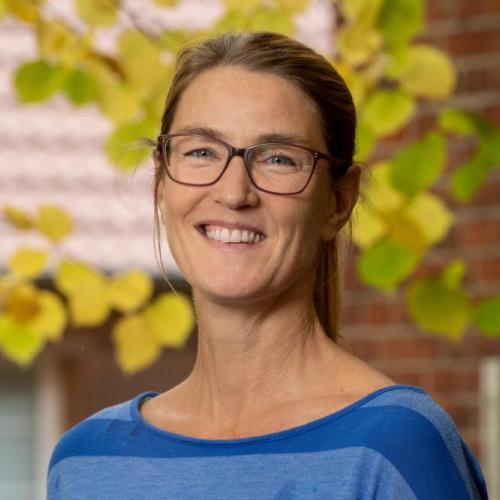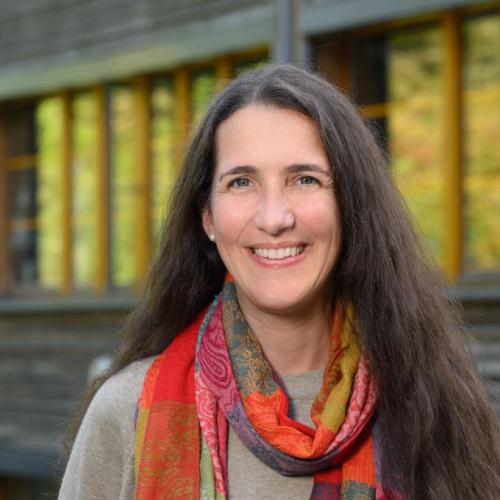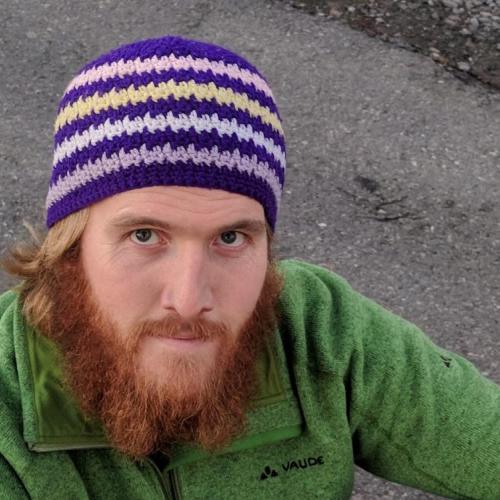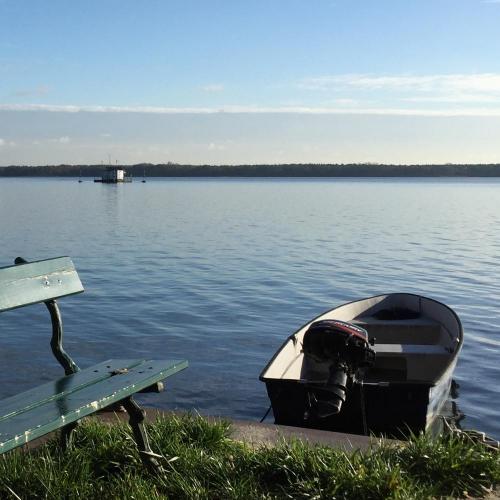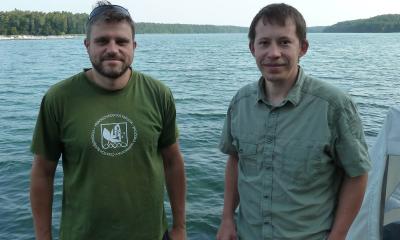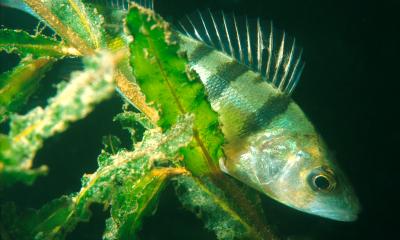ILES
Short profile
Duration

Supermoon over the LakeLab, 2016-11-14
photo: Andreas Jechow IGB/GFZ
Since the introduction of the light bulb in the late 19th century, the spread of artificial light at night has dramatically increased worldwide. In recent decades, the global average light emission increased at a rate of three to six perecent a year, and sometimes by even 20 percent. This is much faster than growth rates of the global economy, the world population or greenhouse gas emissions. The resulting ‘loss of the night’ affects vast swathes of Europe and all other highly industrialised regions of the world.
Although the intensity of skyglow is low compared to that emitted by point sources of light such as street lamps, it covers huge areas. Therefore, the night sky affected by skyglow is hundreds of times brighter in many parts of the world than before artificial light was introduced. The consequences for aquatic ecosystems and biodiversity could be important but are poorly known at present. In many lake ecosystems, skyglow coincides with the brownification of water caused by increased inputs of humic substances. This results in a dimming of aquatic ecosystems. Brownification is likely to be caused mainly by increased leaching of soluble substances from soils, which can be caused, for example, by acidification and increased rainfall intensities expected in many parts of the world as a consequence of global warming and the associated intensification of the global water cycle.
In lakes, natural light is essential for triggering diel rhythms, as well as rhythms on other times scales, such as lunar and seasonal cycles. In deep lakes, one such rhythm is the diel vertical migration of zooplankton (including water fleas) and fish. Under natural conditions, water fleas reside in deep water layers during the day to avoid predation by visual predators. At night, they migrate towards the water surface to feed on algae. Skyglow can dramatically reduce this diel vertical migration, whereas brownification would have the opposite effect. However, the extent to which such behavioural changes of water fleas affect planktonic food web interactions and the productivity of freshwaters is completely unclear.
The project “Illuminating Lake Ecosystems” seeks to elucidate these phenomena. We will experimentally control the level of skyglow and brownification in the IGB LakeLab, a large experimental facility in Lake Stechlin, to assess complex responses of lake ecosystems to these pertubations. We expect that the new light conditions affecting the physiology and behaviour of key species will result in multiple indirect effects mediated by species interactions. Consequently, the lake food web and biogeochemical fluxes could be markedly altered. We expect our results to provide fundamentally new insights into lake ecosystems and at the same time important information for future lake management in the face of ongoing climate change and light pollution.

LakeLab at night.
photo: Andreas Jechow IGB/GFZ

Lightdome above LakeLab.
photo: Andreas Jechow IGB/GFZ

The milky way, shoot with a fish eye lens.
photo: Andreas Jechow IGB/GFZ
Leibniz Association with Leibniz Competition 2015





